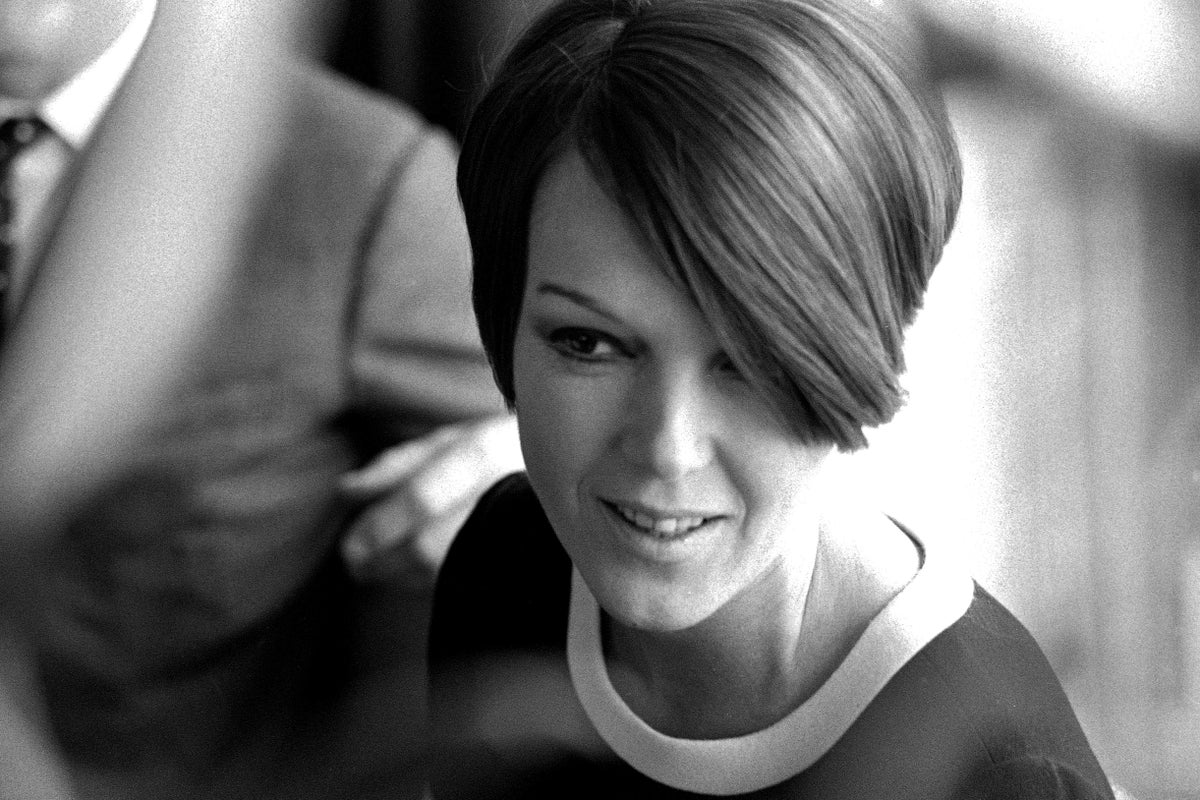
Champion of the miniskirt Dame Mary Quant has been appointed a member of the Order of the Companions of Honour in the New Year Honours list.
The special honour is granted to those who have made a major contribution to the arts, science, medicine or government – other members include Sir David Attenborough and Dame Judi Dench.
Quant was one of the most influential figures in 1960s fashion – the 92-year-old is credited with making miniskirts mainstream, and bringing fashion to the masses.
Born in London to Welsh parents in 1930, Quant grew up in an age of austerity – but her designs were an antidote to this, championing fun, frivolity and women’s liberation. She set up her first store, Bazaar, on the King’s Road in London’s Chelsea in 1955, and her fashion and lifestyle empire only grew from there.
A true titan of the industry, these are just some of the ways Quant revolutionised fashion…
She was a role model for young women
Quant’s clothes struck a particular chord with young women who, like the designer, were children of austerity who wanted to enjoy life a bit more than the generation before them. Her style was playful and fun – she riffed on the tweed suits her customers’ mothers wanted to wear by raising hemlines and making everything a whole lot more youthful.
Unlike many of the more traditional fashion houses, Quant wasn’t catering for the old elite – instead, she encapsulated exactly what it was like to be a young woman in the 1960s. As a female professional excelling in a male-dominated industry – to this day, many of the major fashion designers are men – she was inspiration for a new generation of working women.
She was the first designer to use PVC, they shiny, wet-look synthetic material. The result was clothes which were young, daring and just a bit sexy – which was counteracted by the schoolgirl style she favoured, with Peter Pan collars galore.
Quant certainly knew her audience – one of her ad campaigns was entitled ‘Youthquake’, showing just who she wanted to dress. She ended up trademarking the daisy symbol, which signified youthfulness and fun. And while Quant might not have invented the miniskirt, she certainly helped it become the defining garment of the decade.
She was a feminist icon
The fashion industry predominantly caters to women, and yet the designing of womenswear is monopolised by men.
Quant managed to break the glass ceiling which still exists for female designers, but this wasn’t the only way she was a true feminist hero. In the late-Sixties and early-Seventies, the women’s liberation movement exploded into the mainstream, and with it came various social shifts. Things were increasingly opening up to women in the UK – the Pill became available and society’s expectations of how women should dress were also changing.
Her designs were a way for women to express their independence – she famously liked shorter hemlines because it made it easier to run to the bus. Hers weren’t clothes made to restrict the wearer, but to give them more freedom – Quant favoured a stretchy, wearable jersey material for many of her designs.
She was also ahead of the curve in terms of androgynous dressing and constantly played with masculine tailoring. With ultra-girly miniskirts as well as more tailored suits, Quant showed that women didn’t have to express themselves in a singular way.
She made fashion more widely accessible
Quant was a breath of fresh air in the fashion industry. This was a time when Paris was seen as the fashion capital of the world, with an emphasis on haute couture and uber-expensive garments. These clothes were beautiful, but wholly unattainable for most women.
Not only did Quant manage to shift more of the world’s focus on London, but she also worked hard to bring fashion to a wider group of people. As well as her eponymous high-fashion label, in 1963 she launched a cheaper diffusion line, called Ginger Group. With this, she pioneered new methods of production to make her designs cheaper and more widely available for the average woman.
On top of this, she sold sewing patterns (known as Butterick patterns) so home dressmakers could recreate her clothes with their own materials for a fraction of the price.
Mary Quant became the template for the modern lifestyle brand
Nowadays, the fashion industry loves a bit of nostalgia – whether it’s bringing back chokers from the Nineties or flares from the Seventies. Quant was an early adopter and knew how to harness the power of bygone styles, giving Victorian outfits a Sixties update and even bringing back flapper styles.
Another thing she became the template for was becoming a broader lifestyle brand. Today, fashion brands rarely do just one thing, instead in a race to diversify their offerings. Quant knew she could capitalise on her brand, so instead of just sticking to designing miniskirts, she tried her hand at everything from cosmetics and tights, to underwear, shoes and home furnishings.
Quant’s style was instantly recognisable and easily translated to other products, making her the true template for the modern lifestyle brand we’re so accustomed to today.







